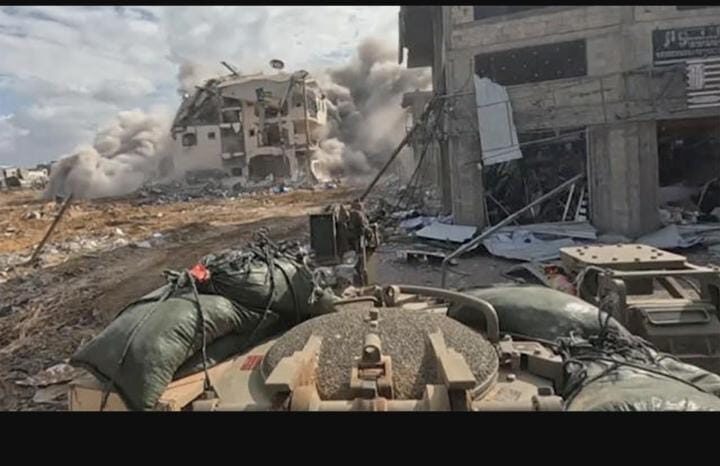
In Villedieu-sur-Indre, a commune in central France, archaeologists have uncovered nine remarkable graves containing the skeletons of 28 horses that were buried approximately 2,000 years ago. This discovery was announced by the French National Institute for Preventive Archaeological Research (INRAP).
Radiocarbon Dating and Excavation Findings
The horses have been radiocarbon-dated to a period between 100 BC and 100 AD. Of the nine graves, two have been fully excavated so far. One pit revealed 10 complete horse skeletons, while the other contained two. All skeletons were meticulously positioned on their right flanks with their heads facing south. The arrangement of the bones and their intact connections indicate that the horses were buried simultaneously shortly after their deaths.
Mysterious Causes of Death
Despite the detailed excavation, the precise cause of death for these horses remains unknown. Archaeologists have ruled out an epidemic, as the graves exclusively contain fully-grown stallions aged over four years old, with no foals or mares present. This leaves two primary hypotheses: the horses were either killed in battle or sacrificed as part of a ritual.
Connection to Historical Battles and Ritual Sacrifice
The burial site is located near the remains of an ancient fortified Celtic settlement, known as an oppidum, similar to other horse burial sites previously found in the region. This proximity has led archaeologists to speculate that the horses’ deaths might be linked to the Gallic Wars, during which Julius Caesar conquered Gaul between 58 and 50 BC. Alternatively, the graves may indicate a significant ritual sacrifice, given the careful burial practices and the number of horses involved.
Additional Archaeological Discoveries
Besides the horse graves, the excavation has also uncovered the remains of buildings, pits, ditches, and a road dating back to the late 5th and early 6th centuries. Another notable grave between the two horse pits contains the skeletons of two medium-sized dogs, each lying on their left side with their heads facing west.
The findings at Villedieu-sur-Indre present a fascinating glimpse into ancient practices and raise intriguing questions about the reasons behind these mass horse burials. As excavation and analysis continue, archaeologists hope to uncover more details about the lives and deaths of these ancient animals and their significance to the people who buried them.
Related Articles
SCIENCE AND TECHNOLOGY: SHAPING OUR FUTURE
EFCC Chairman in Standoff with Ex-Governor: Yahaya Bello Accused of N80.2 Billion Fraud
EFCC Detains Cubana Chief Priest Over Naira Abuse Allegations
Subscribe to Follow Global Trends for daily global news
Make Money Online Working Remotely
To Advertise, send a mail to advertise@followglobaltrends.com
Find Out How To Make Money As A Full Time Writer/Blogger
Written By: Doris Chinwe Omemgbeoji


